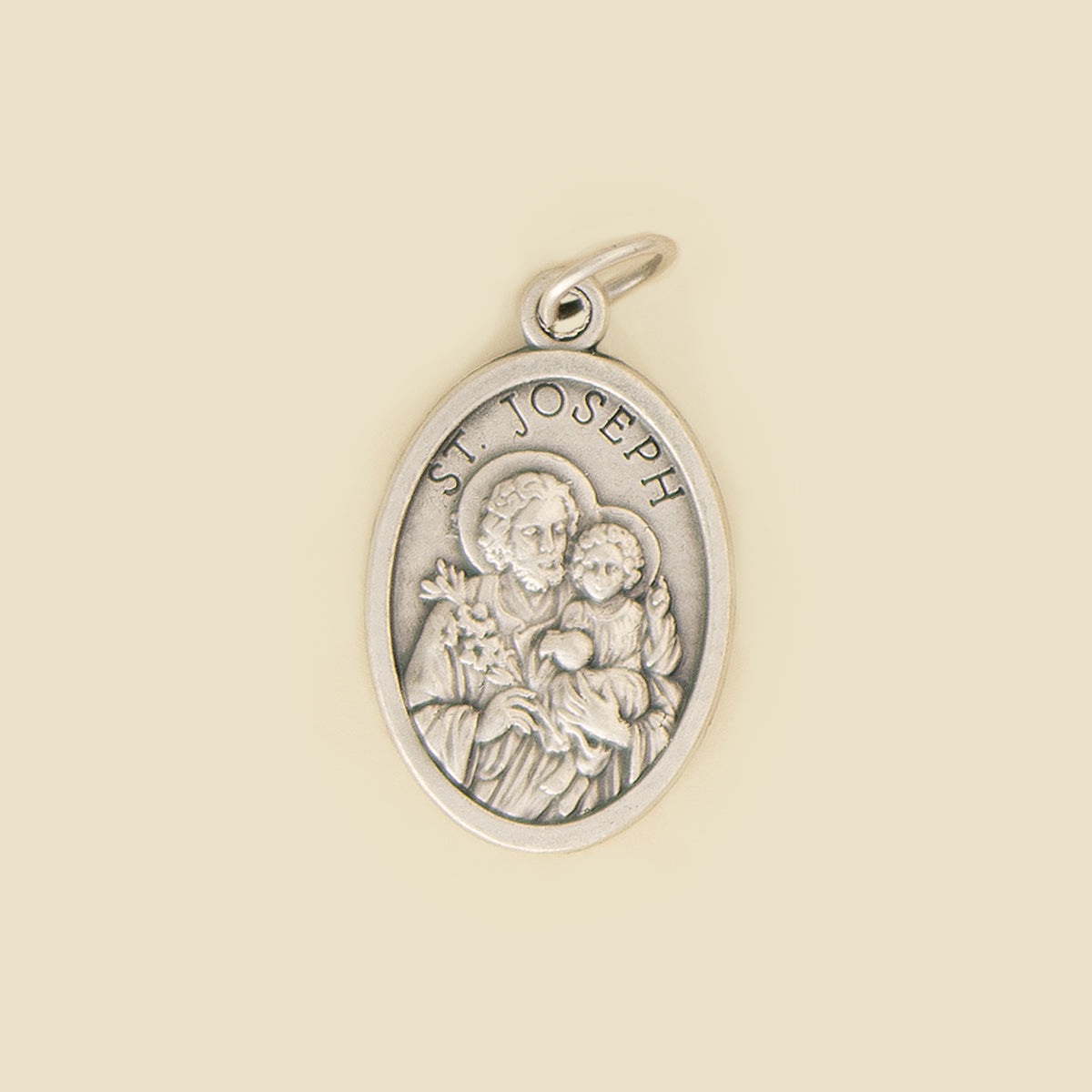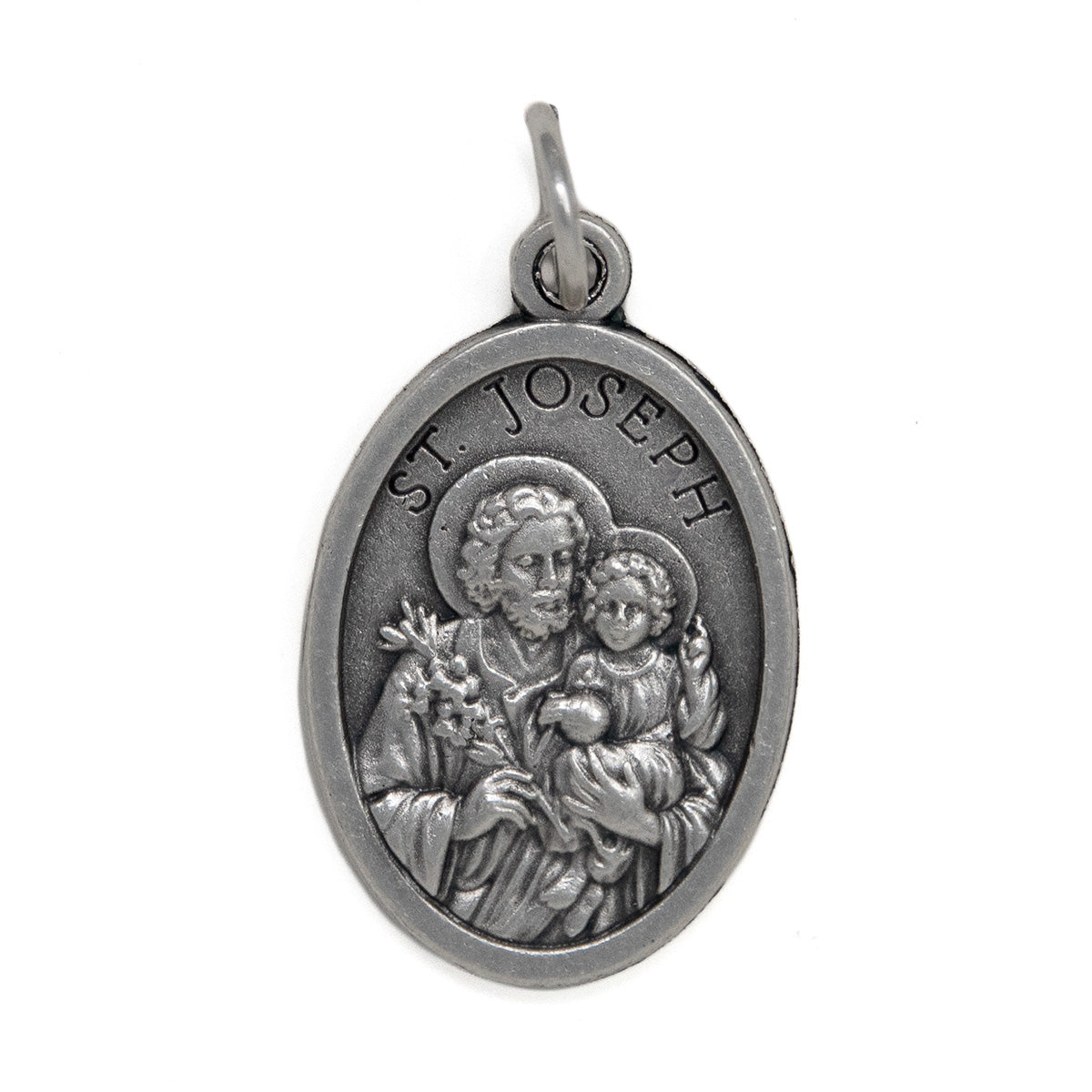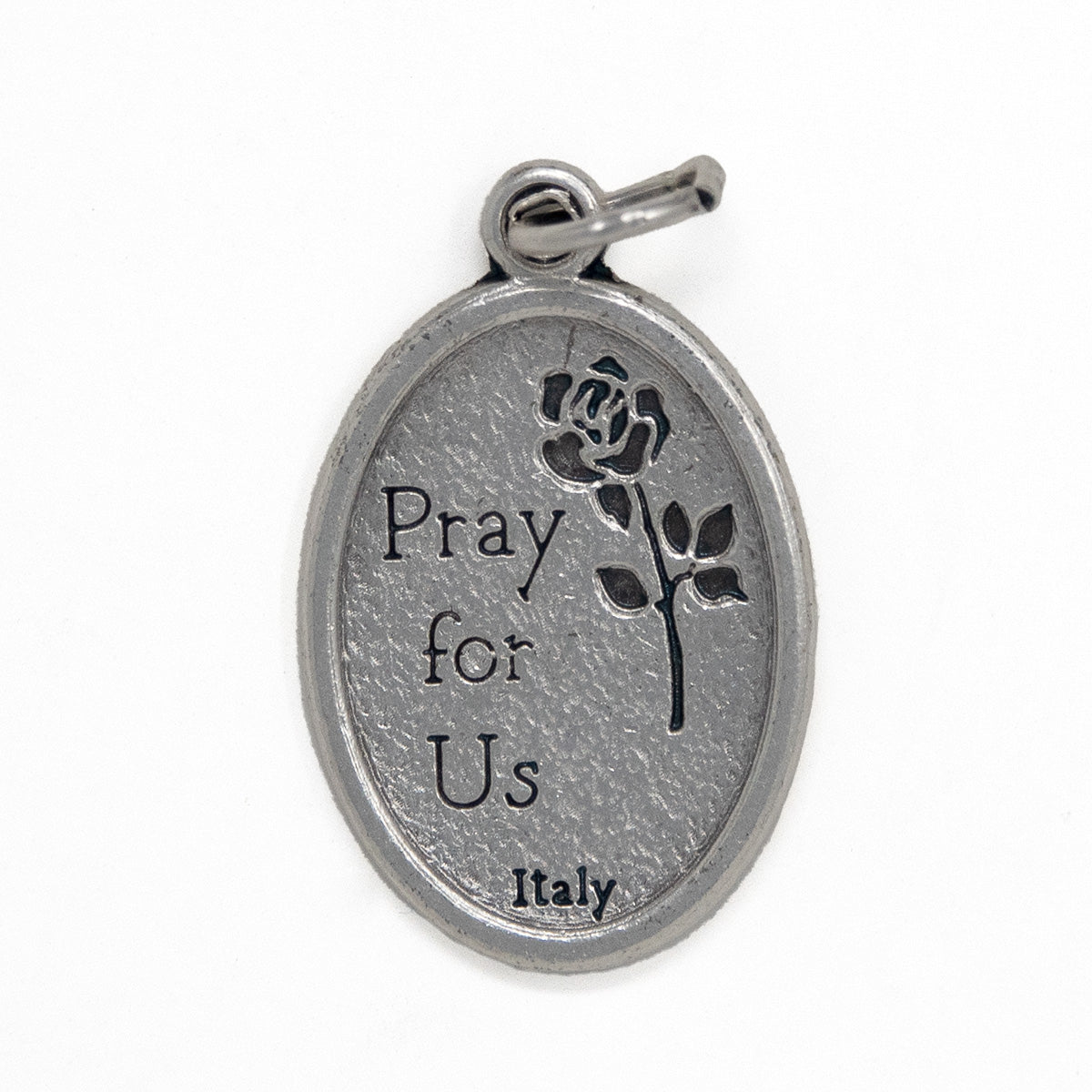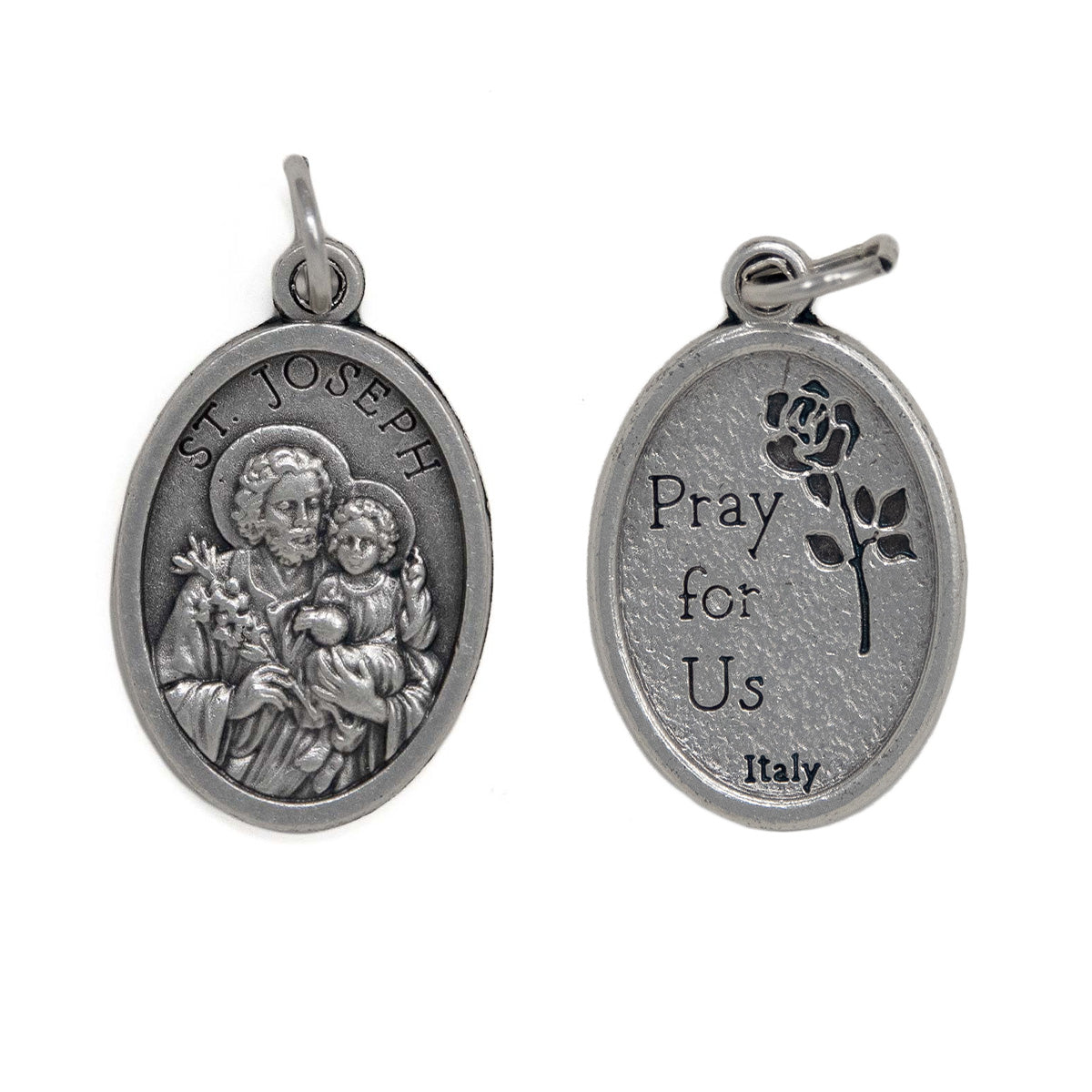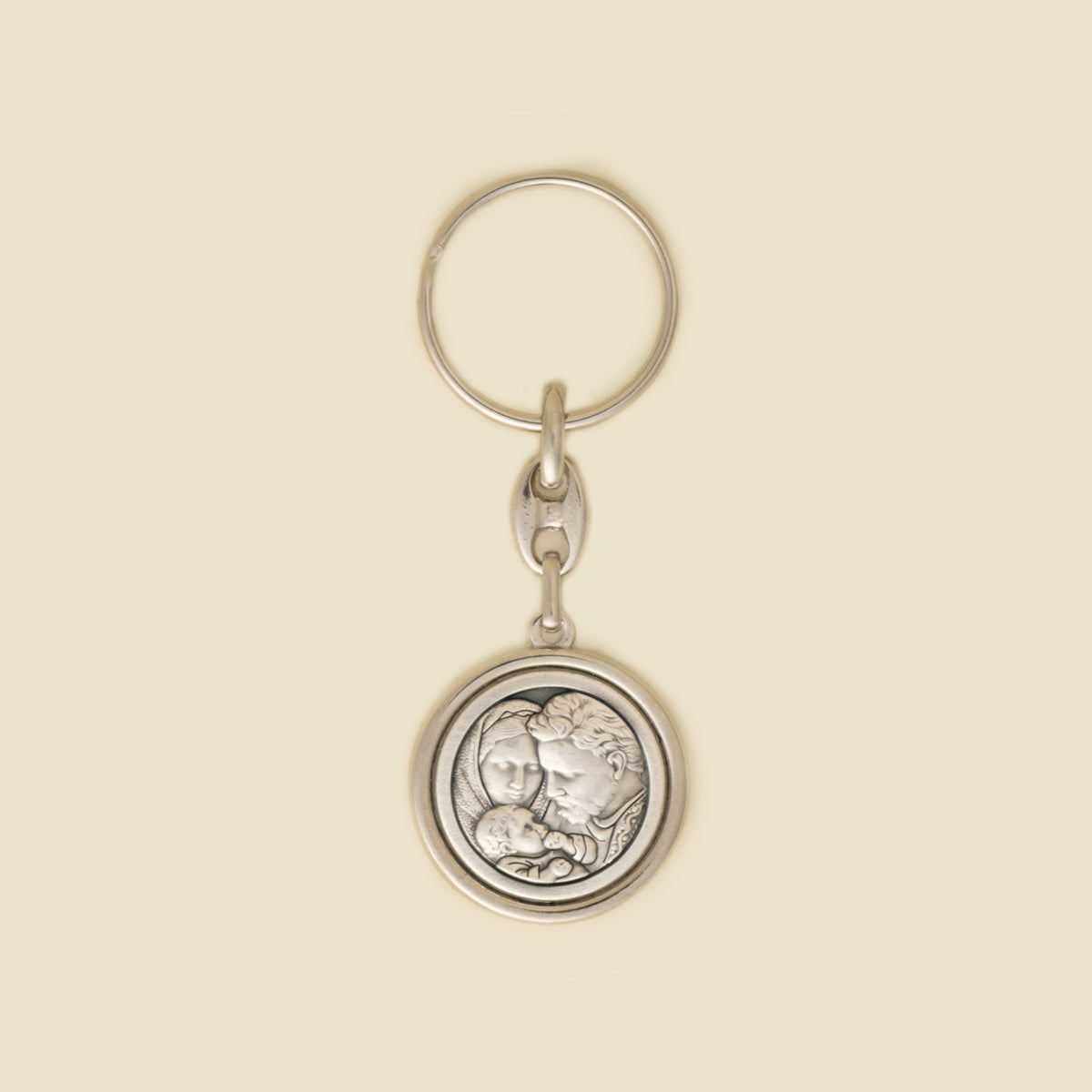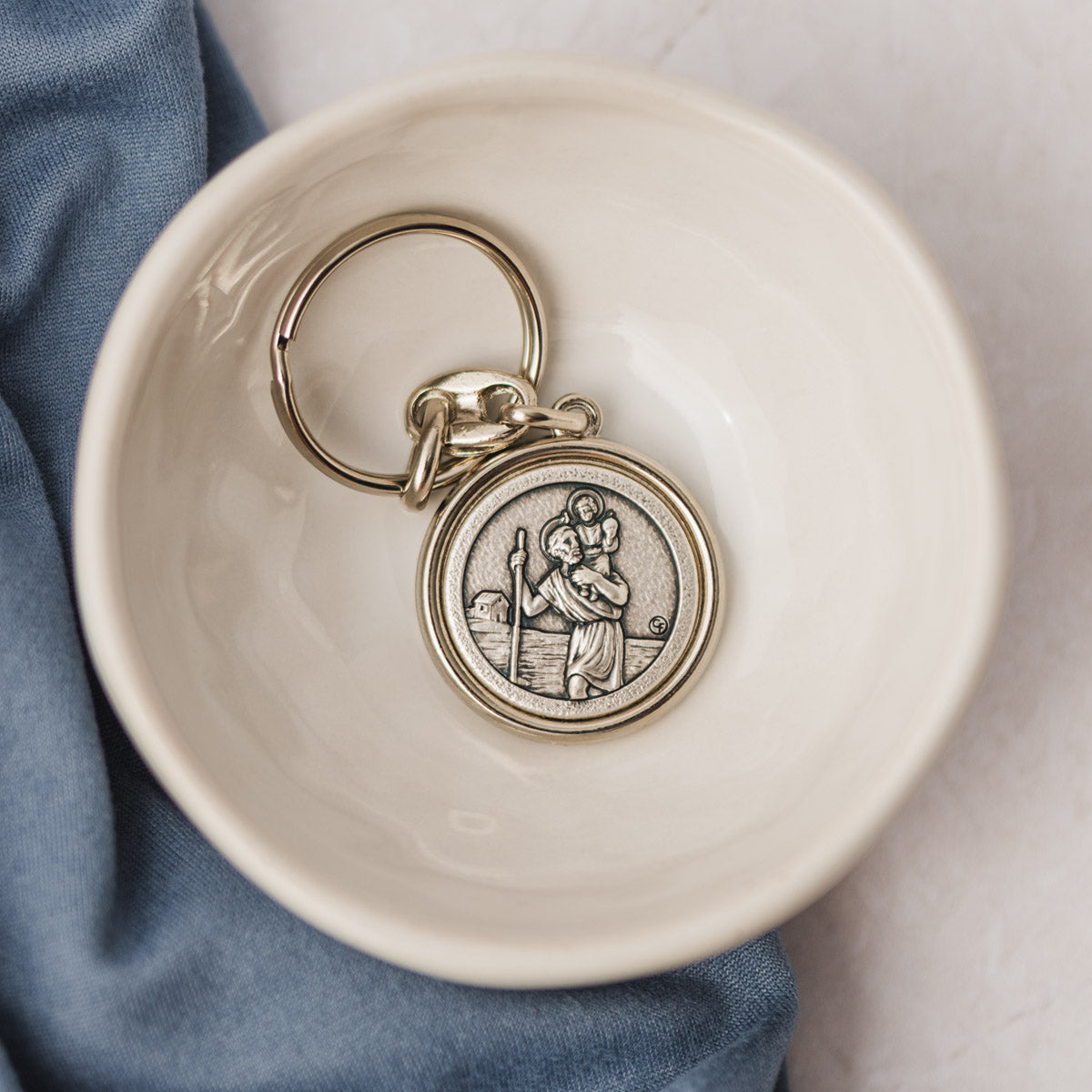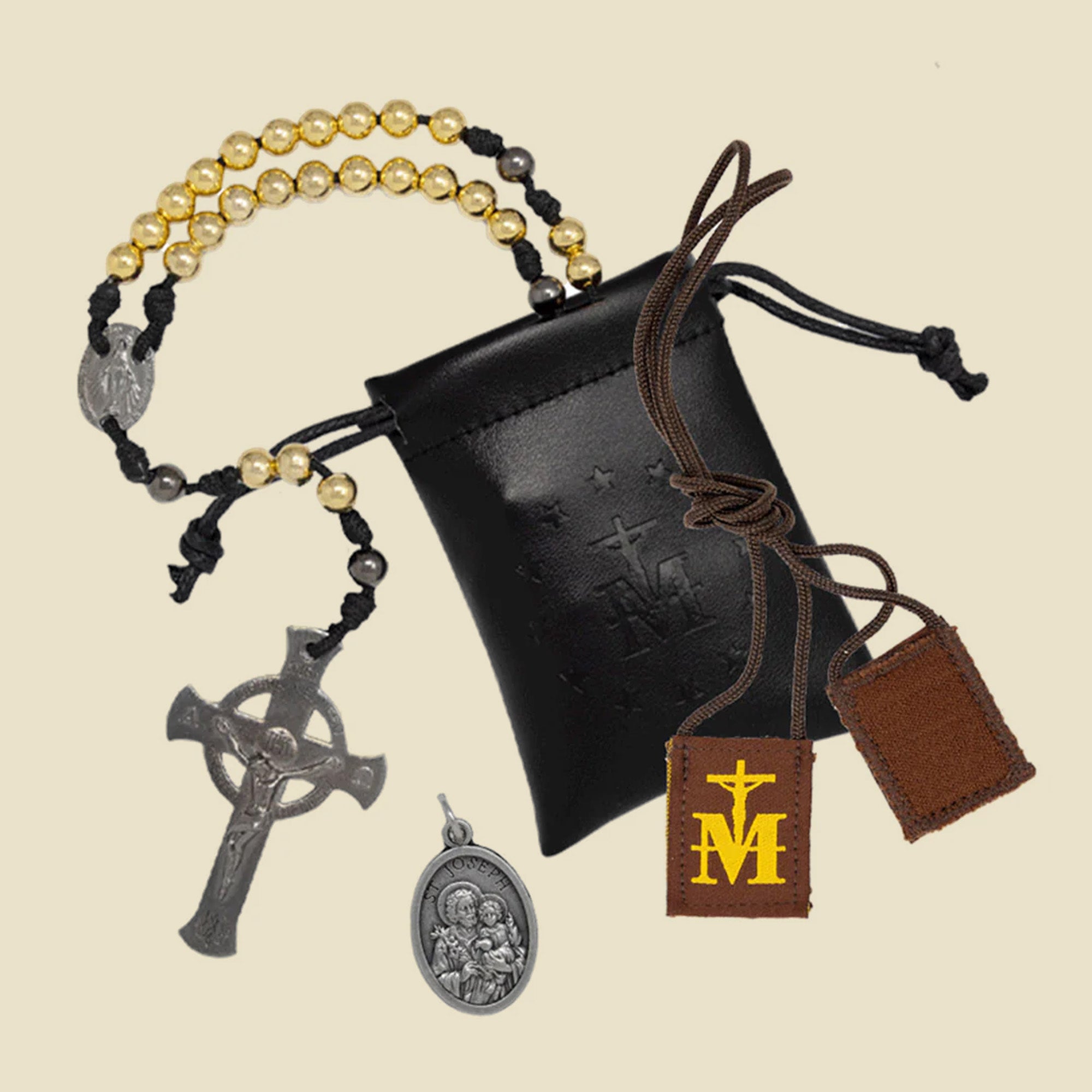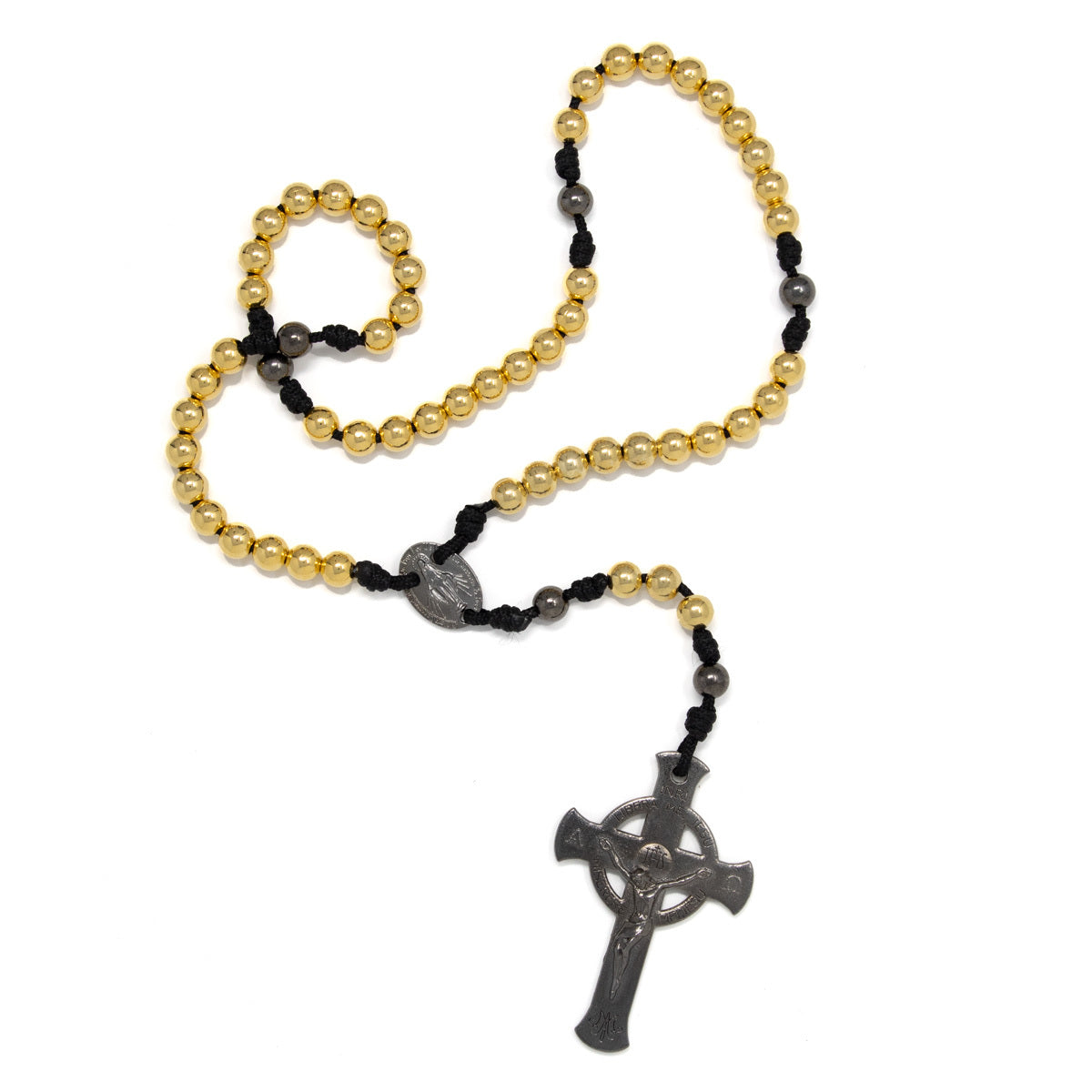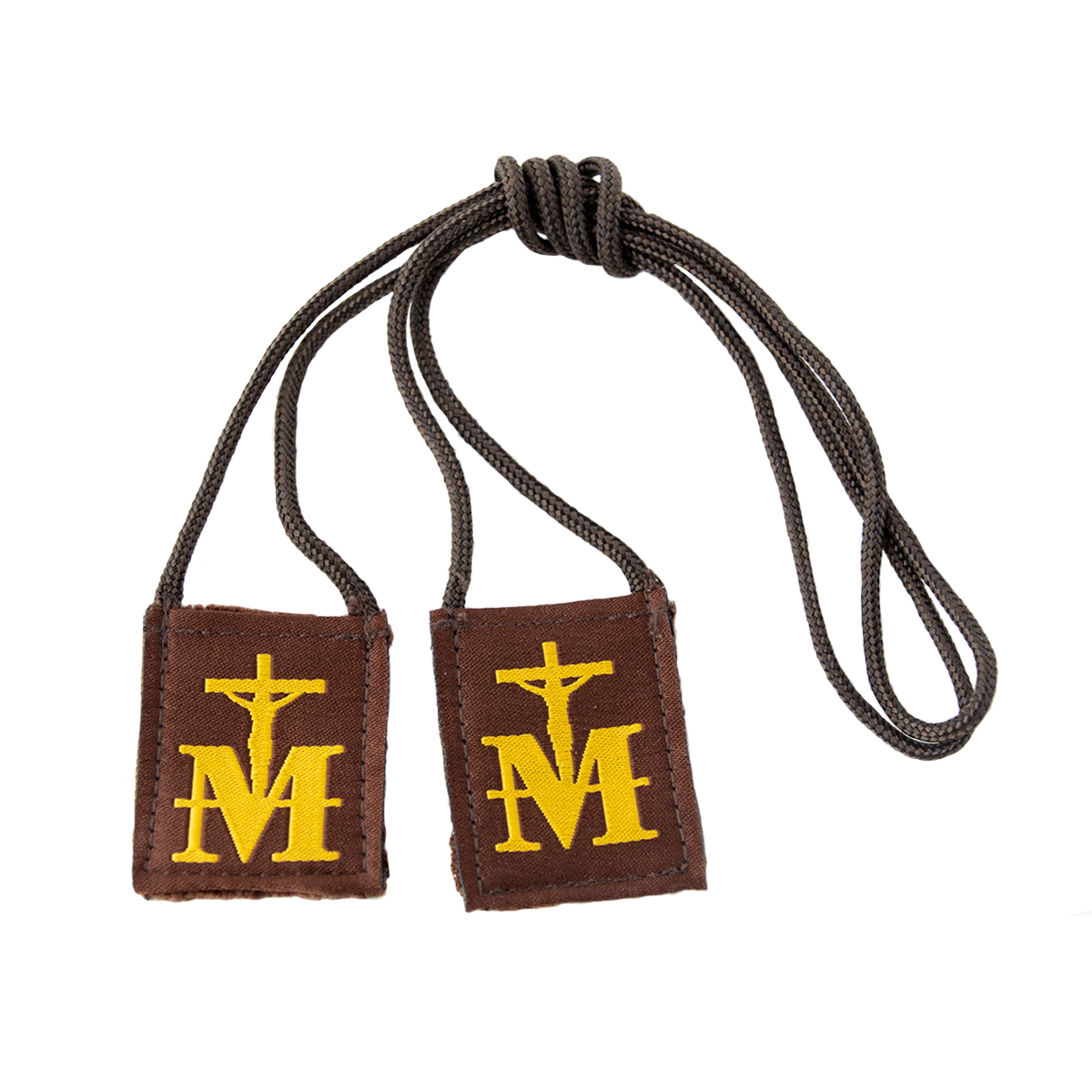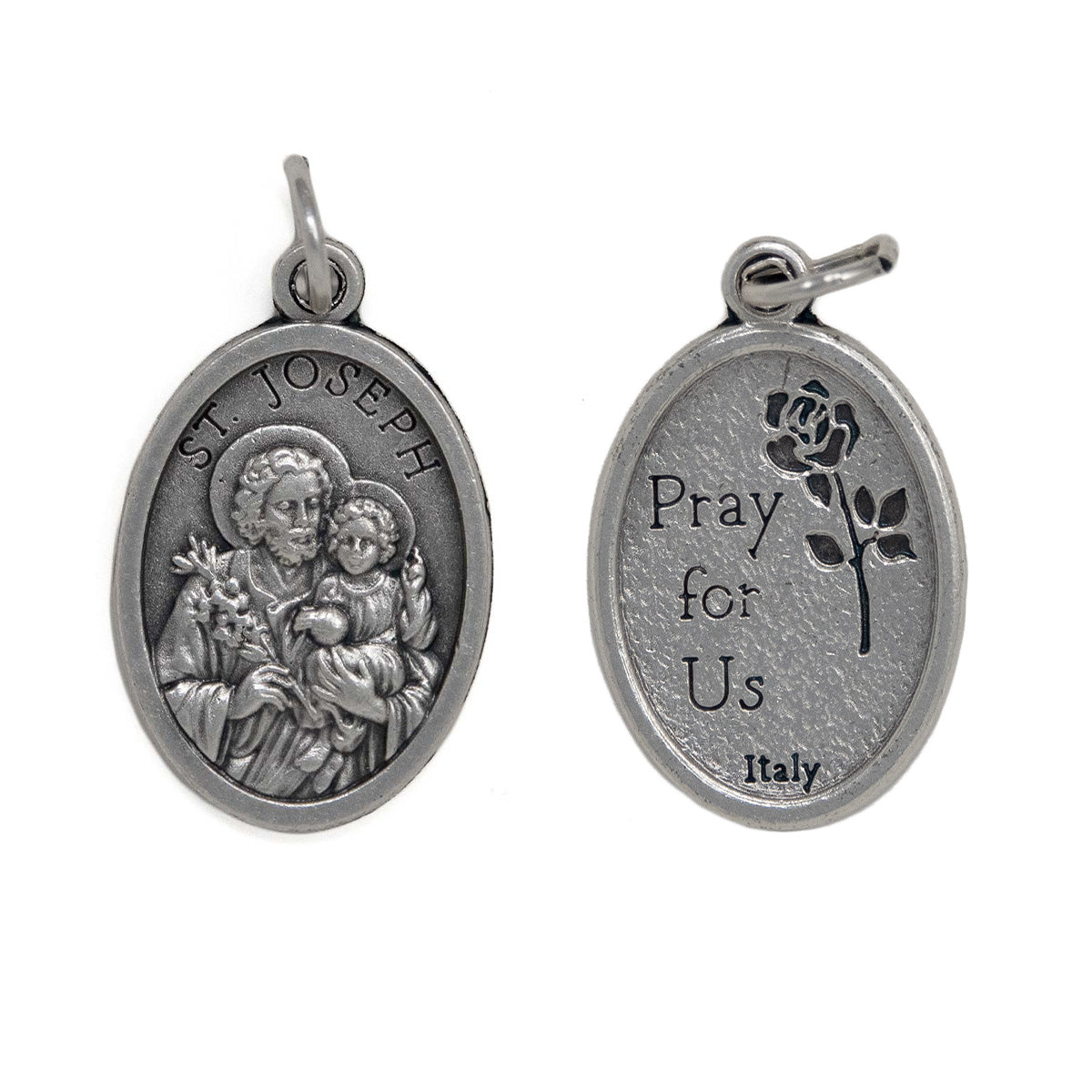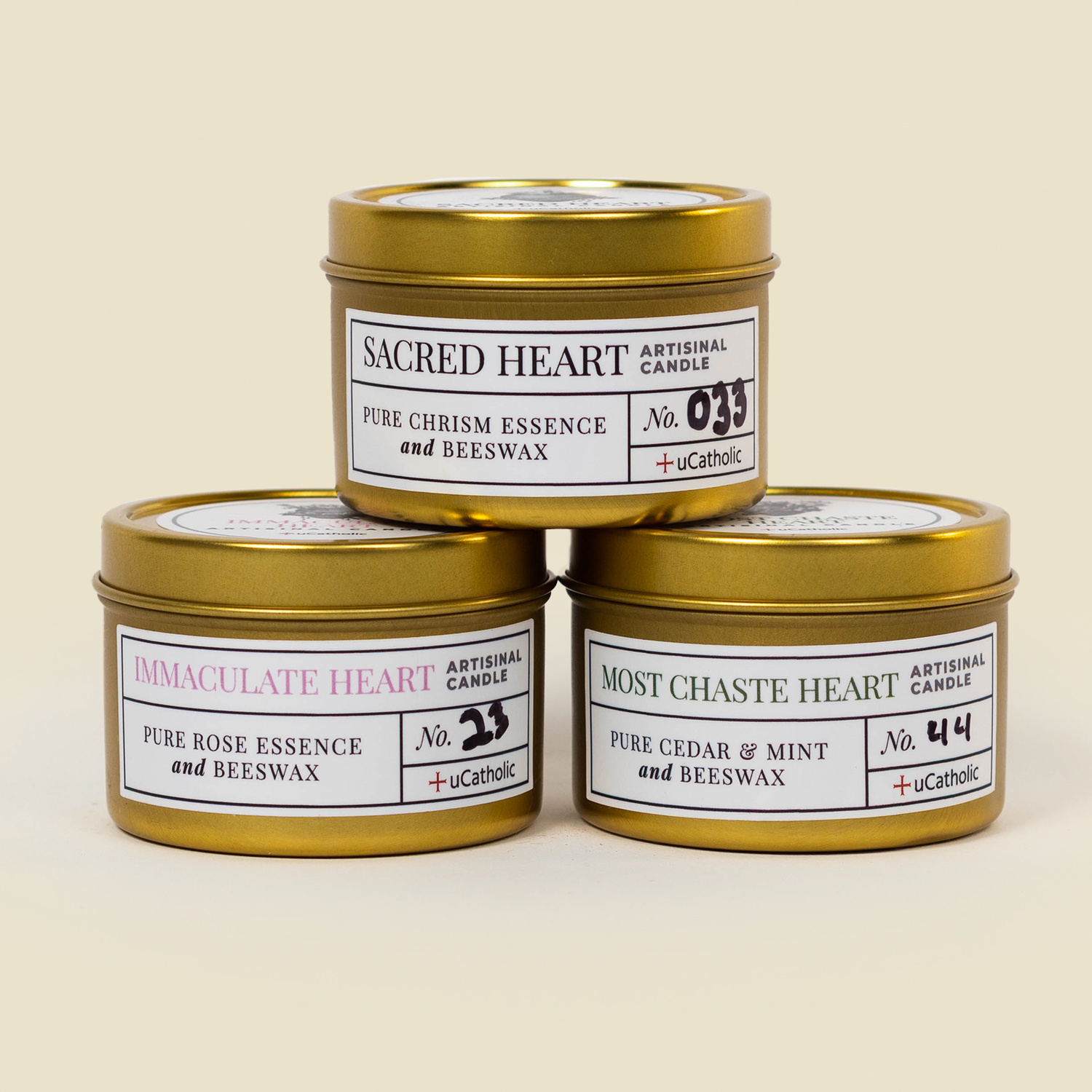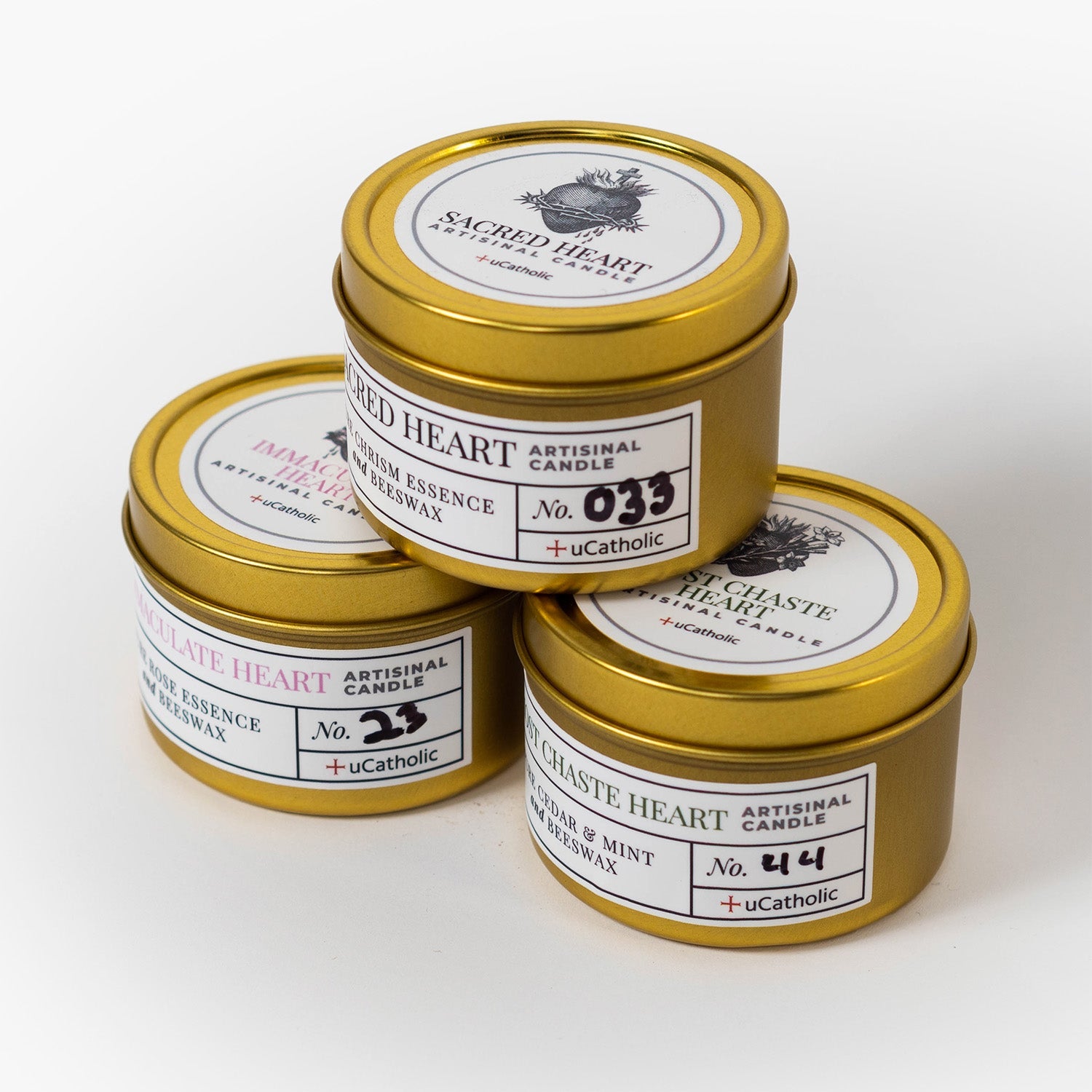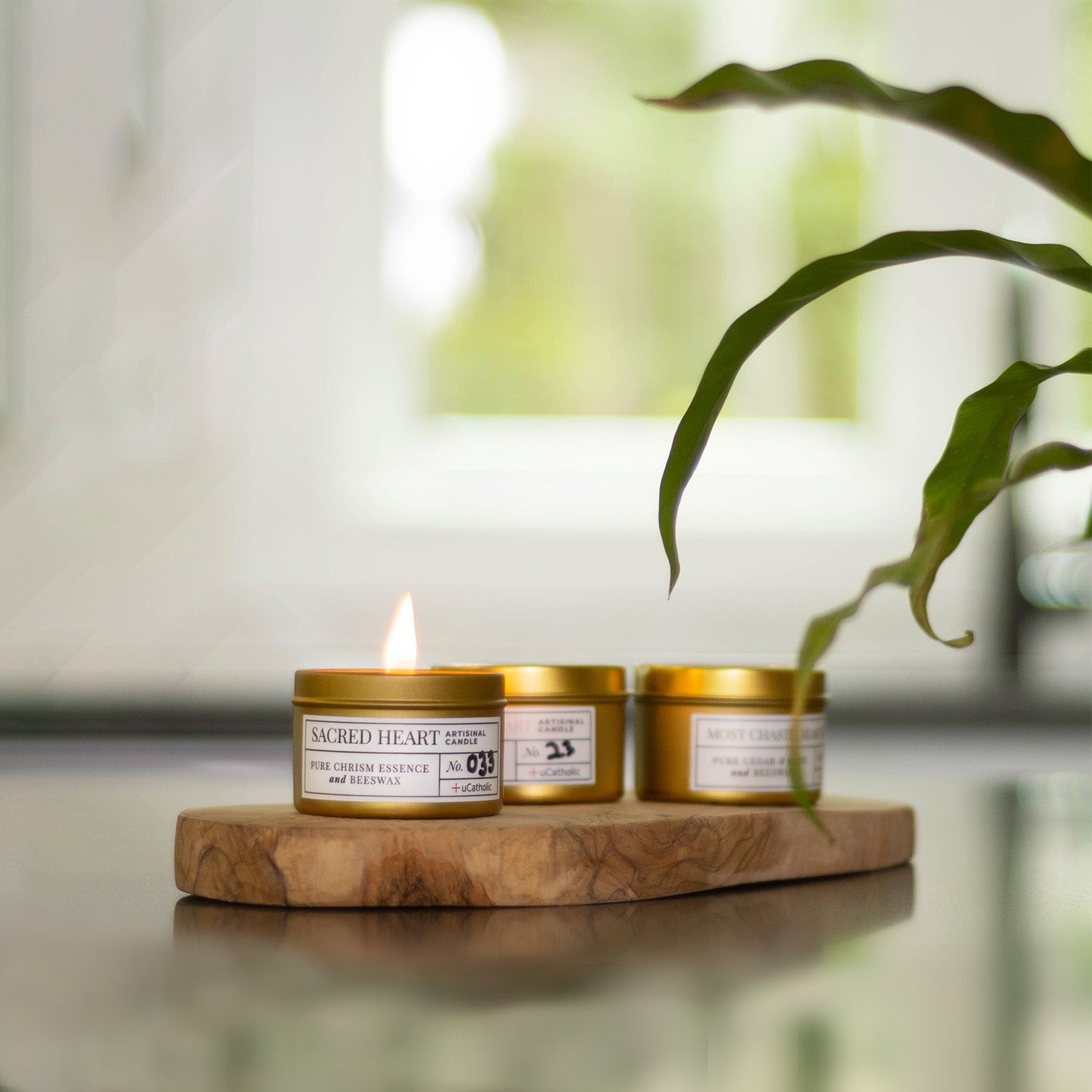It’s Not a Hairshirt.
The fact that most modern scapulars are uncomfortable makes this quite believable. A second related fact is that brown scapulars are made of wool, and although it may keep you warm, can be irritating when directly touching the skin.
Thirdly, penance and bodily mortification (fasting, discipline, self-denial, etc.) are biblical and highly recommended practices in the Catholic Faith. Combined with a great attitude and a good measure of piety, one might come to the same mythical conclusion that scapulars are “supposed” to be uncomfortable.
I have heard it said that it’s a “small penance” or “constant reminder” of Our Lady’s promise, and, with a whiff of zealousness, woe to the comfort seekers who refuse to wear one because of it.

It’s almost as if the promise is too great to merit without at least a little cost. Somehow, all these facts and good intentions have morphed the brown scapular into a mini hairshirt.
First let me say that there is nothing wrong with irritating, scratchy, felted wool scapulars. I’ve worn many of these over the years. But was mortification part of what Mary asked of St. Simon Stock? Does the promise of Our Lady of Mount Carmel still apply if we don’t suffer for it?
When Fr. Simon was Prior General of the Carmelite Order, he prayed to Our Lady for special protection in exchange for complete loyalty. In response, Mary appeared to him, handed him a brown scapular, and said:

Mary said that it would be a sign of their fidelity, but fails to mention that a little suffering would be required to obtain her promise of protection. Nor does the Catholic Church’s official position stated here by Carmelite scholar, Fr. Kieran Kavanaugh, OCD:
- “The scapular is a Marian habit or garment. It is both a sign and pledge. A sign of belonging to Mary; a pledge of her motherly protection, not only in this life but after death.”
- “As a sign, it is a conventional sign signifying three elements strictly joined: first, belonging to a religious family particularly devoted to Mary, especially dear to Mary, the Carmelite Order; second, consecration to Mary, devotion to and trust in her Immaculate Heart; third an incitement to become like Mary by imitating her virtues, above all her humility, chastity, and spirit of prayer.”

Several religious orders wore scapulars at that time as a type of apron to protect their habit while engaging in manual labor, but also to symbolize their willingness to serve. The rule of St. Benedict simply says a scapular should be worn “for work”, which could apply to either case.
Religious scapulars were, and still are, worn on the outside of one’s tunic, but because they didn’t touch the skin, were not worn as a penance to mortify the flesh. Hairshirts, however, were commonly worn at the time for that specific purpose but not as a part of the religious habit.

Small devotional scapulars are generally worn under one’s clothing, and since most versions use felted wool, are indeed sometimes uncomfortable. So, it seems that the myth that brown scapulars must be uncomfortable stems from the fact that they are, but not because they are required to be.
Penance is good. Mortification is good. We should certainly temper our passions through these means. Perhaps bringing back the hairshirt would do us good, but let us not put burdens on others who could benefit from this beautiful devotion.
Steve Kerekes
Founder of Scapulars.com



